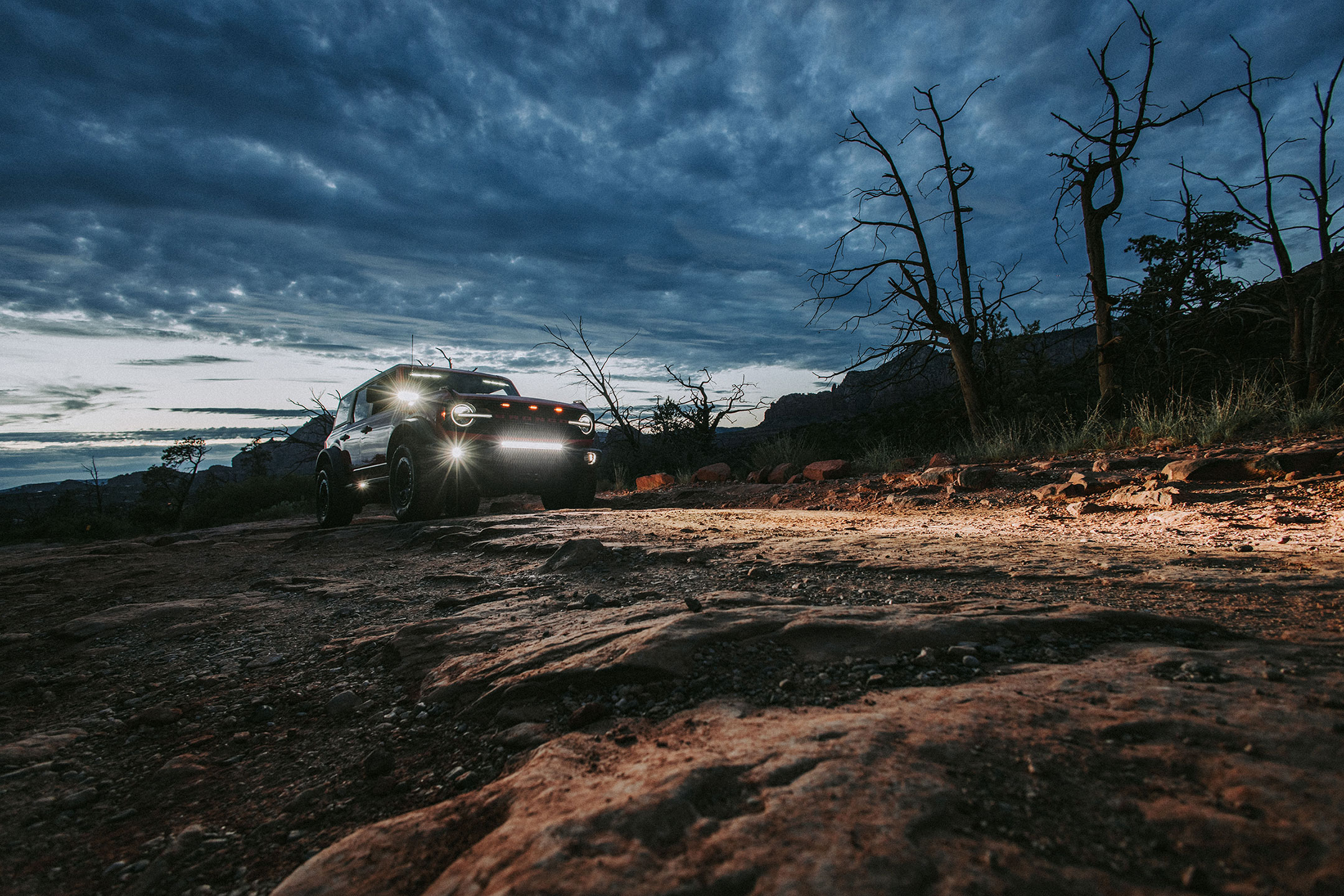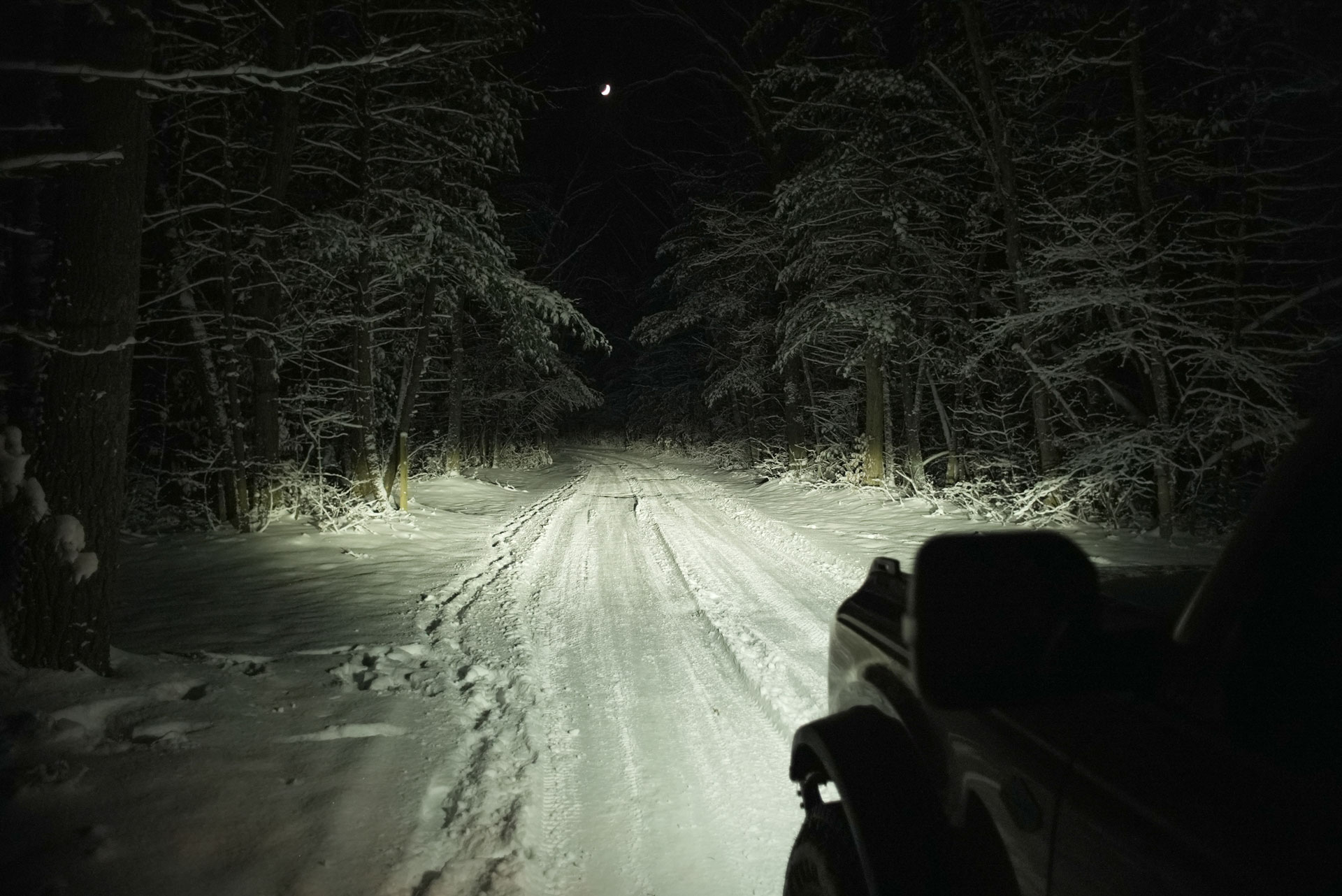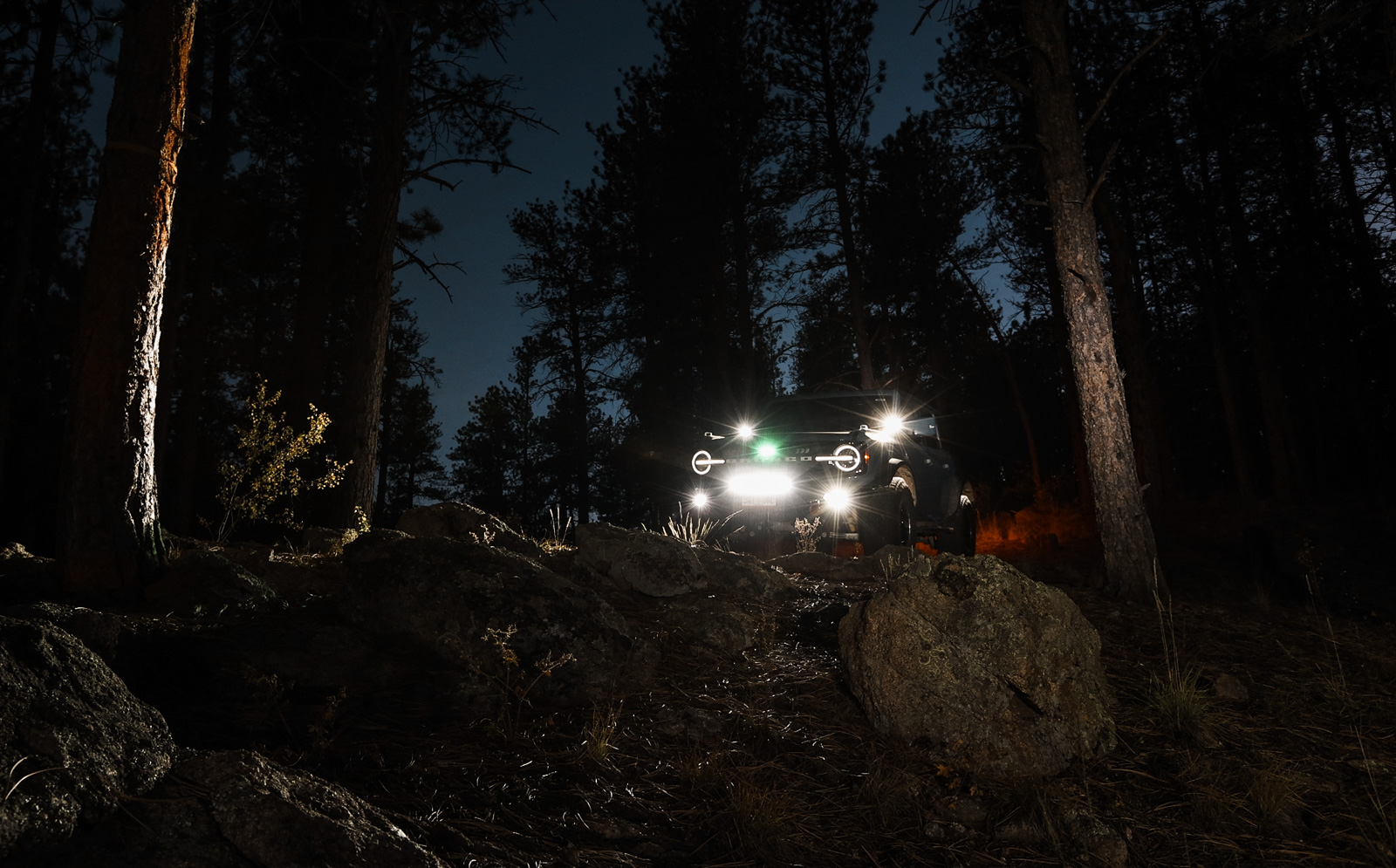Overlanding adventures and hitting the off-road trails can be a way to escape the norm, but that’s not to say it will always be all fun and dirt, especially when it comes to vehicle mishaps and maintenance.
While mpower® specializes in helping light your way and see upcoming obstacles using near-indestructible silicone lens technology, an unfortunate reality is that problems can arise during any off-road trip.
Tires in particular are something that can give you fits and ruin your day if you aren’t prepared. Whether you’re navigating rocky terrains or cruising through muddy trails, your tires are your lifeline. There are many aspects of field repairing and maintaining your tires that you should be aware of.
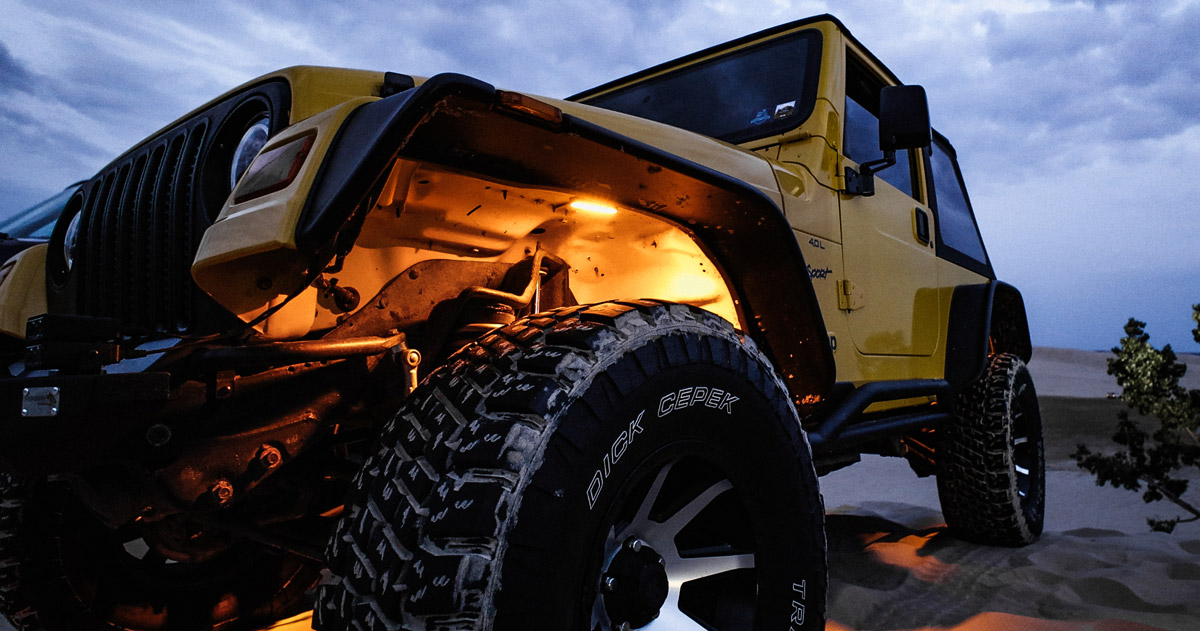
1. Understanding Common Tire Issues
Off-roading puts your tires through rigorous conditions, leading to various potential problems:
- Punctures from sharp rocks or debris.
- Loss of air pressure due to leaks.
- Bead damage from impacts which can result in wheel damage.
- Tread wear from rough surfaces.
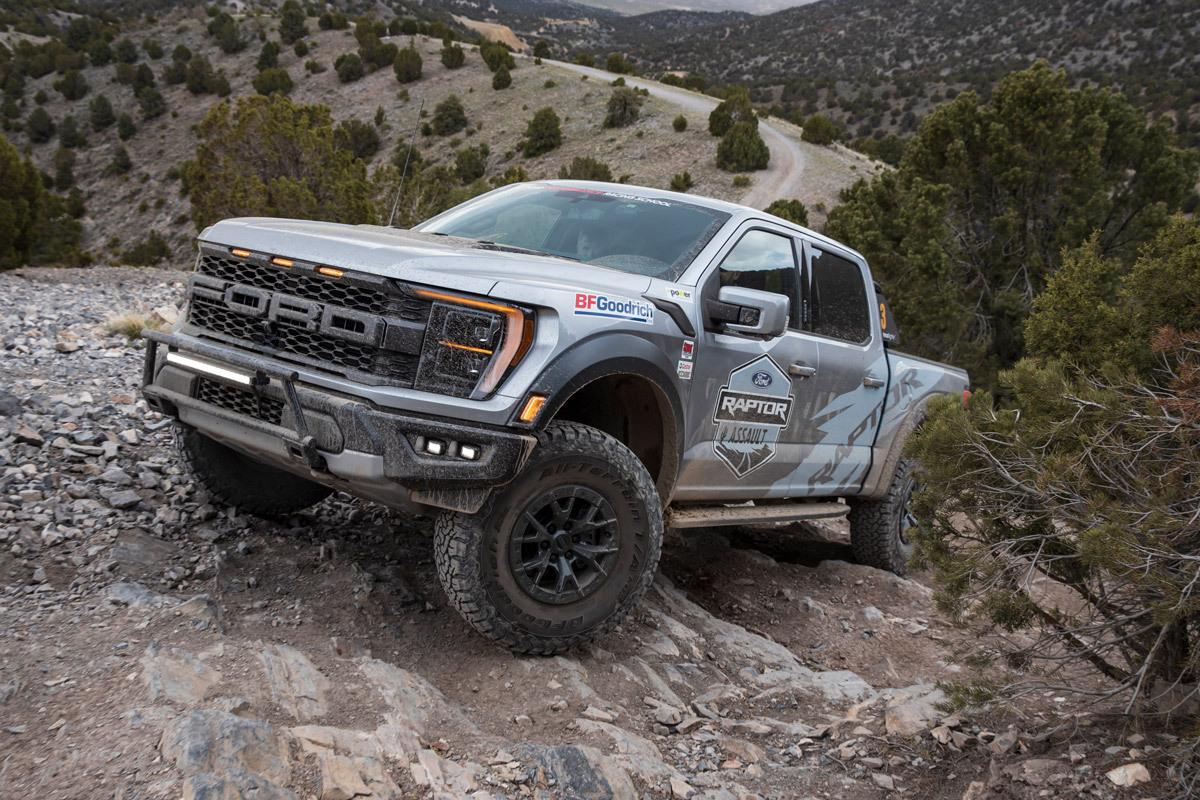
2. Tools and Products To Keep On Hand
Equip yourself with the following items to handle tire repairs on the go:
- Tire Repair Kit: Includes plugs, patches and insertion tools.
- Portable Air Compressor: For inflating tires after repairs.
- Tire Pressure Gauge: To monitor and maintain optimal tire pressure.
- High Lift Jack: Essential for lifting vehicles in rough terrains.
- Spare Tire: Always carry a spare tire, preferably a full-size one.
- Tools for removing and installing tires.
- Tire Sealant: Provides temporary fixes for small punctures.
- Bead Sealant or Silicone: Provides temporary fixes for bead damage
- Traction Boards: Provides stable ground to drive on or to place a jack on. (2×6 boards could work in a pinch)
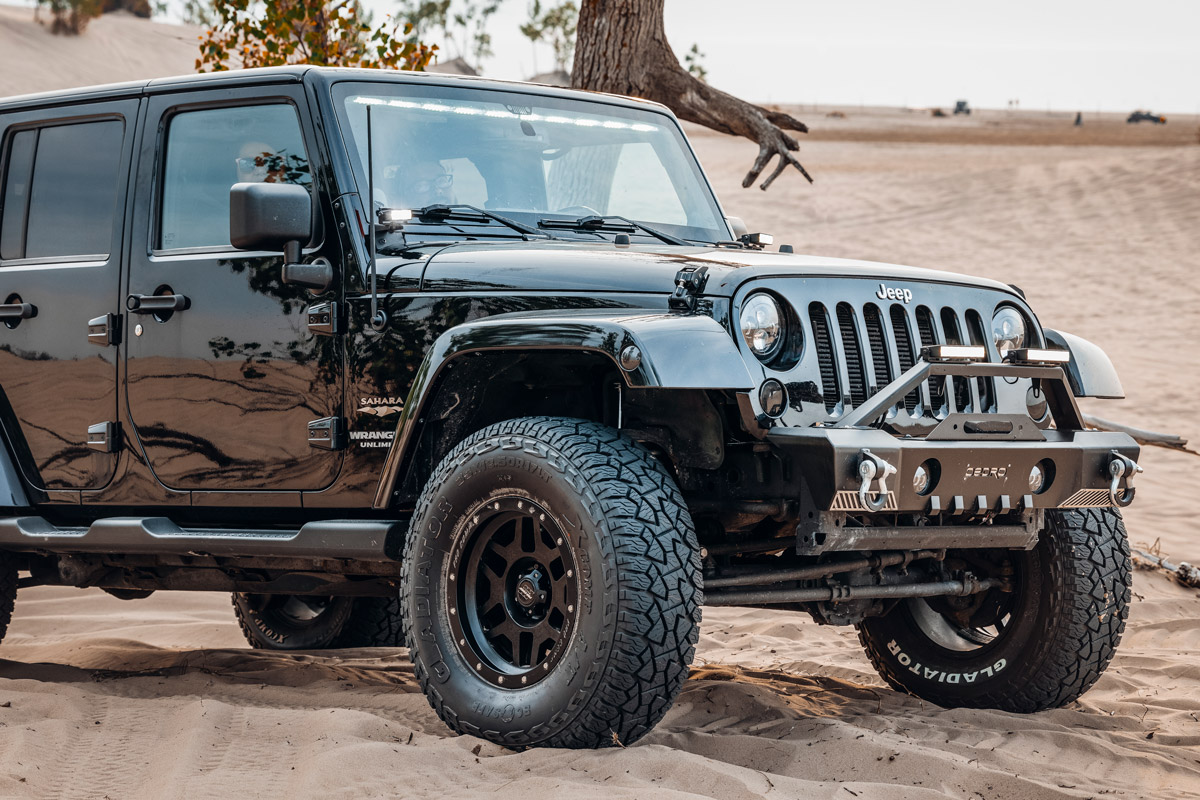
3. Field Repair Techniques
Here’s a step-by-step guide to tackling common tire issues during overlanding trips:
Puncture Repair For Holes Up To ¼”:
- Locate the puncture by listening for air leaks or using soapy water.
- Remove the object causing the puncture.
- Ream the puncture hole to clean and roughen the edges.
- Insert a plug coated with rubber cement into the puncture using the insertion tool.
- Trim the excess plug and reinflate the tire.
Sidewall Damage:
- Evaluate the severity of the damage; minor cuts can be temporarily sealed with tire sealant.
- For significant sidewall damage, consider using a sidewall repair kit or replace the tire if necessary.
Bead Damage:
- Use a high lift jack to lift the vehicle and remove the damaged tire.
- Inspect the bead area for damage and clean it thoroughly.
- Apply bead sealant or silicone to seal minor bead leaks.
Tread Wear:
- Regularly inspect tire tread for wear and tear.
- Rotate tires periodically to ensure even wear.
- Replace tires when tread depth reaches minimal depth.
You should plan to have tires inspected or serviced following an off-road adventure. This is especially important if a tire was damaged in any way while out in the back-country.
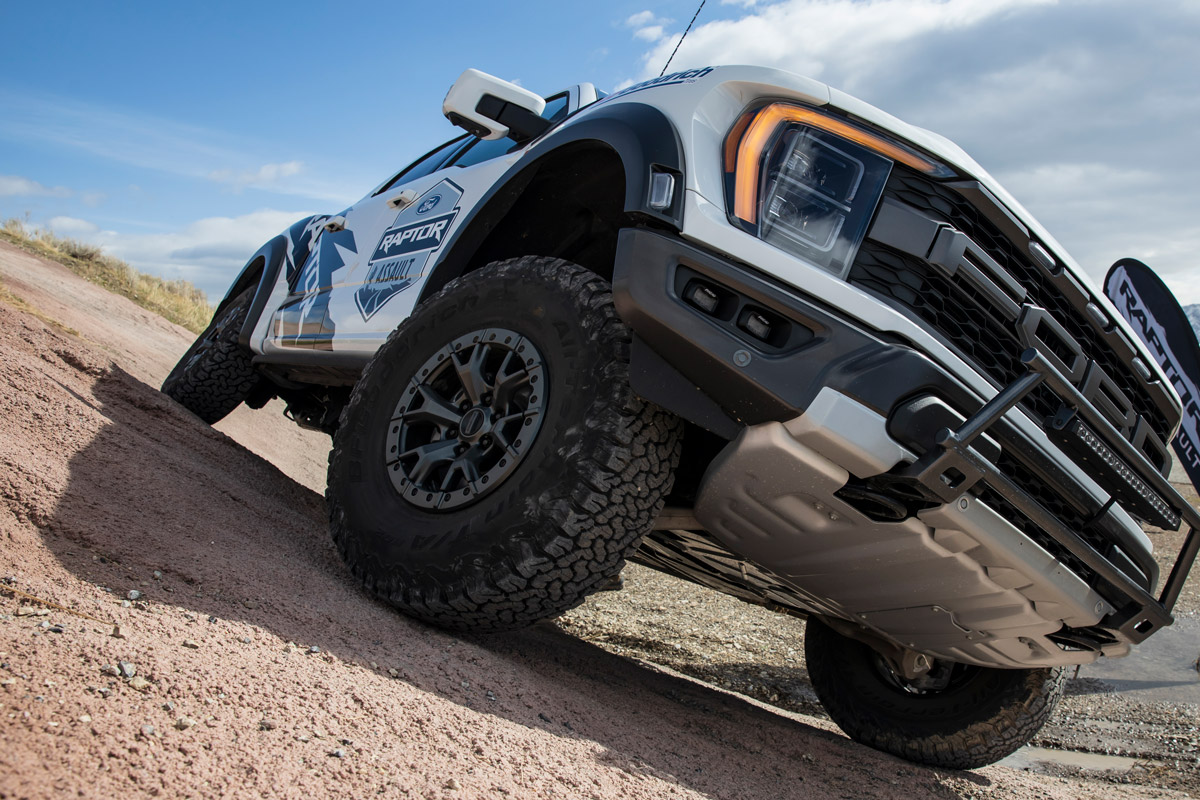
4. Precautionary Measures
- Prioritize preventive maintenance by inspecting tires before each trip.
- Adjust tire pressure based on terrain and load conditions.
- Avoid overloading vehicles to reduce strain on tires.
- Drive cautiously and avoid sharp obstacles to minimize tire damage.
The longer you off-road, the more issues that you eventually encounter. It’s a reality of the hobby, but by being prepared, you can mitigate problems, and be self-sufficient enough to fix the issue and keep your trip from being completely upended.
Especially when it comes to tire issues, equipping yourself with the right tools and products, and mastering field repair techniques, you can handle unforeseen challenges a trail may throw at you.
Articles You Might Like
-
March 31, 2025
Bronco Owners, Level Up!
Introducing the Dual-Color Interior Lightbar that Transforms Your Rig -
December 16, 2024
Illuminating the Bright Ideas Shaping the Next Generation of Off-Road Lighting
Illuminate your off-road adventures with mpower
There are no street lights where you’re headed. That’s the way you like it. But whether you’re headed up the side of a mountain, getting down and dirty in a mud bog, or racing across snow-covered fields, you’d better have a clear view of whatever lies ahead.
